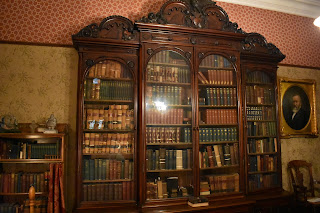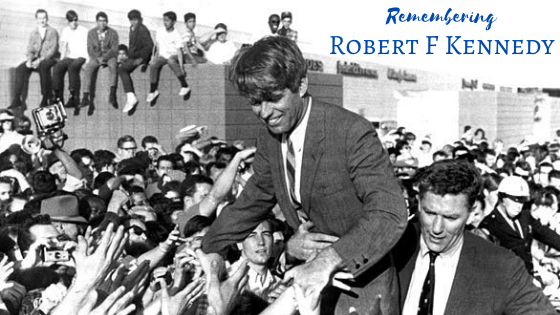Throughout history, women have often been treated like second class citizens. Women have had to fight for the right to be legally independent from their husbands and for the right to vote. Few cases demonstrate just how undervalued women have sometimes been than the experiences of the young women who worked with radium paint in the early 20th century.
In the early 1920s, a position as a dial painter was considered excellent work for a young, working-class woman. The girls were skilled at the fine work, and the companies paid well to have the luminescent paint applied to small watch faces and instrument dials. Once girls obtained a position, they helped friends, sisters, and cousins get into the company as well.
Then girls started dying.
But no one took much notice. When Mollie Maggia died in Orange, New Jersey, it was attributed to syphilis. Girls sickened with a variety of symptoms: loose teeth, fatigue, tumors, joint pain, headaches, and countless other complaints. The broad array of symptoms made it easier to ignore the common cause, the radium infused paint that the girls used daily. The fact that "only" working class girls were getting sick and dying also made it easier to dismiss.
Even after Von Sochocky's death, companies like US Radium Corp and Radium Dial continued business as usual and did not inform their employees of the dangers of the substance they used each day. Girls continued to sicken and die, and the companies continued to deny liability.
It wasn't until Eben Byers died in 1932 that the dangers of radium were made public knowledge. Byers was rich and had enthusiastically supported radium as a miracle cure-all. He drank Radithor, radium infused water, on a daily basis and recommended it to his friends. Before he died, he testified before the US Federal Trade Commission that he believed Radithor was killing him. He was right, and the Food and Drug Administration finally began an investigation into the substance that had been killing young women for at least a decade.
Yet, dial painting was still going on.
Companies utilizing radium paint began instituting minor changes, most significantly discouraging the practice of lip-pointing paint brushes. This did slow the progression of illness and death in dial painters but did not stop it. Use of radium paint continued until the 1970s, increasing the rates of cancers and other diseases in Orange, NJ and Ottawa, Illinois. The waste and spread of radium in these communities created Environmental Protection Agency Superfund sites that have cost millions in taxpayer dollars to clean up, a process that continues to this day.
The number of dial painters who died of radium poisoning is unknown due to the fact that their symptoms were often attributed to other causes, but studies of their experience helped update workers compensation laws and safety standards for dangerous substances that protect workers today.
~~~~~~~~~~~~~~~~~~~~
Suggested reading: The Radium Girls: The Dark Story of America's Shining Women by Kate Moore




















